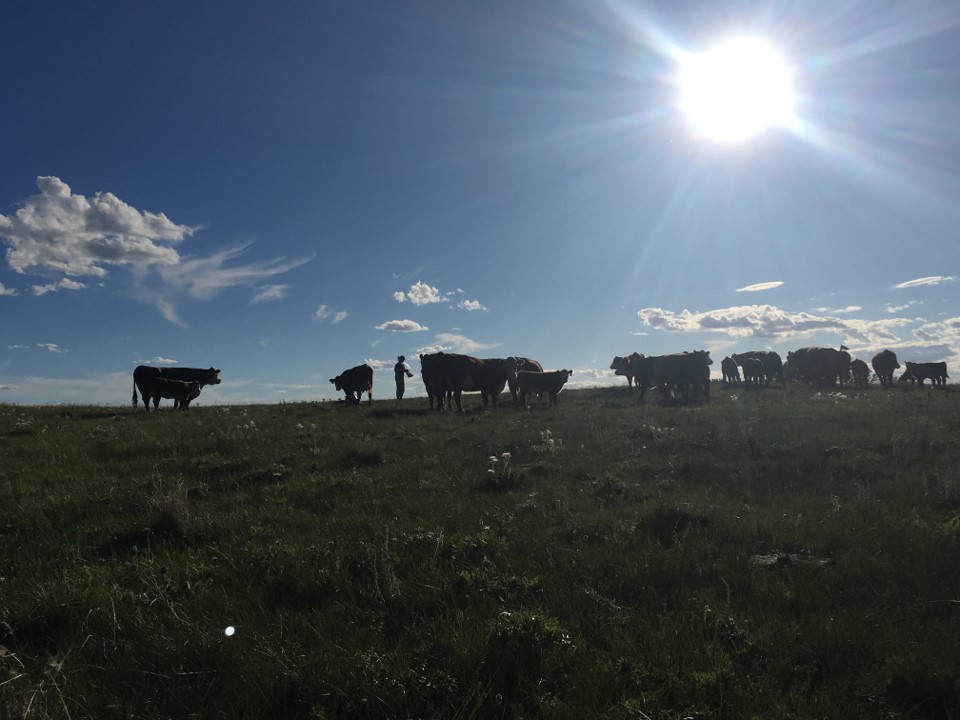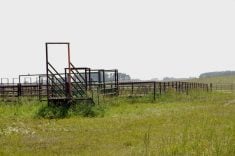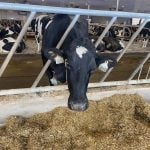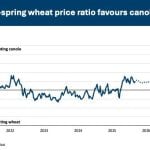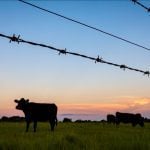For ranchers counting on boosting plant diversity through intensive rotational grazing, a recent study may yield disappointing results.
Jessica Grenke, a PhD student at the University of Alberta’s department of biological sciences, found through an observational study that highly intensive rotational grazing does not benefit plant diversity more than less-intensive rotational grazing.
Read Also
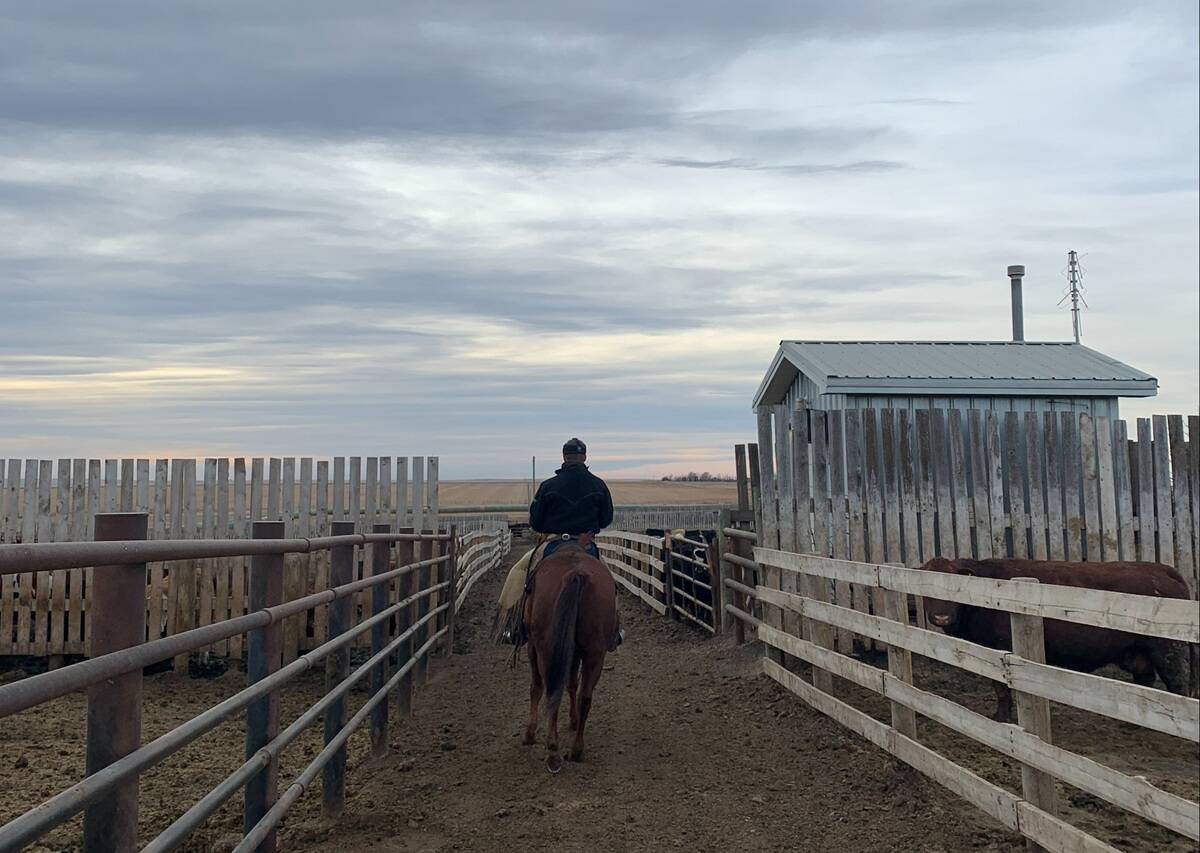
Pen riders still better than tech at detecting respiratory disease in feedlot cattle, says researcher
Recent research found that pen riders are better than tech at flagging signs of BRD in feedlot cattle
“This is not an experiment, per se, this is an observational study. We’re able to speak directly to what is actually happening across Canada, across the northern Great Plains. There’s really very little theoretical about this research,” Grenke says. “It’s quite firmly applied.”

In her study, Grenke and her colleagues, Edward Bork, Cameron Carlyle and Mark Boyce, along with her supervisor, James Cahill, looked at adaptive multi-paddock grazing, or AMP grazing, where one paddock is grazed with dense herds of livestock for a short period, then left to recover.
According to Grenke, AMP grazing was created to mimic historical grazing patterns. Producers who use the AMP method are often drawn to the idea of grazing in a way that is natural between the grasslands and grazers and can therefore maximize production.
However, the reality of modern life likely constrains how closely today’s ranches can imitate the grazing patterns of the original bison herds.
“We live in a very different world, obviously. Our knowledge of what grazing looked like back then is also, of course, limited. But even if our knowledge was perfect, we live in very, very small, contained ranches, relative to those historical migratory grazing systems.”
To conduct their study, Grenke and the other researchers found pairs of producers across the Great Plains — one who didn’t use the AMP grazing method, and one who did. They surveyed 18 ranch pairs and examined vegetation in the pastures.
In the end, what they found was that AMP grazing does not increase plant diversity. Grenke speculated on why this could be.
“I think the simpler answer is that perhaps AMP grazing acts as an ecological filter — it is a more extreme grazing disturbance by definition. And under that definition, you would expect there to be fewer numbers of species able to withstand that kind of disturbance in the long term.”
Grenke says this research, funding by Agriculture Canada, is important to maintain the grasslands and the sustainability of ranchers.
“There’s so much value to knowing what’s actually happening on the landscape,” she says.
“We can speak directly to policymakers about what this kind of grazing management is doing in this ecosystem. So that kind of ability to more directly answer a question is pretty rare in science… (adaptive and intensive rotational grazing) is very globally widespread, and it’s increasing in popularity. And there is a lot of harm that can occur when this kind of practice is being sold with a limited understanding of what it’s doing to the landscape. I think this can make or break people’s ranch sustainability in the long term.”
U of A researchers have found other benefits to AMP grazing over less-intensive rotational grazing, including improved water infiltration and carbon sequestration.
This article is part of a series. For more see:


